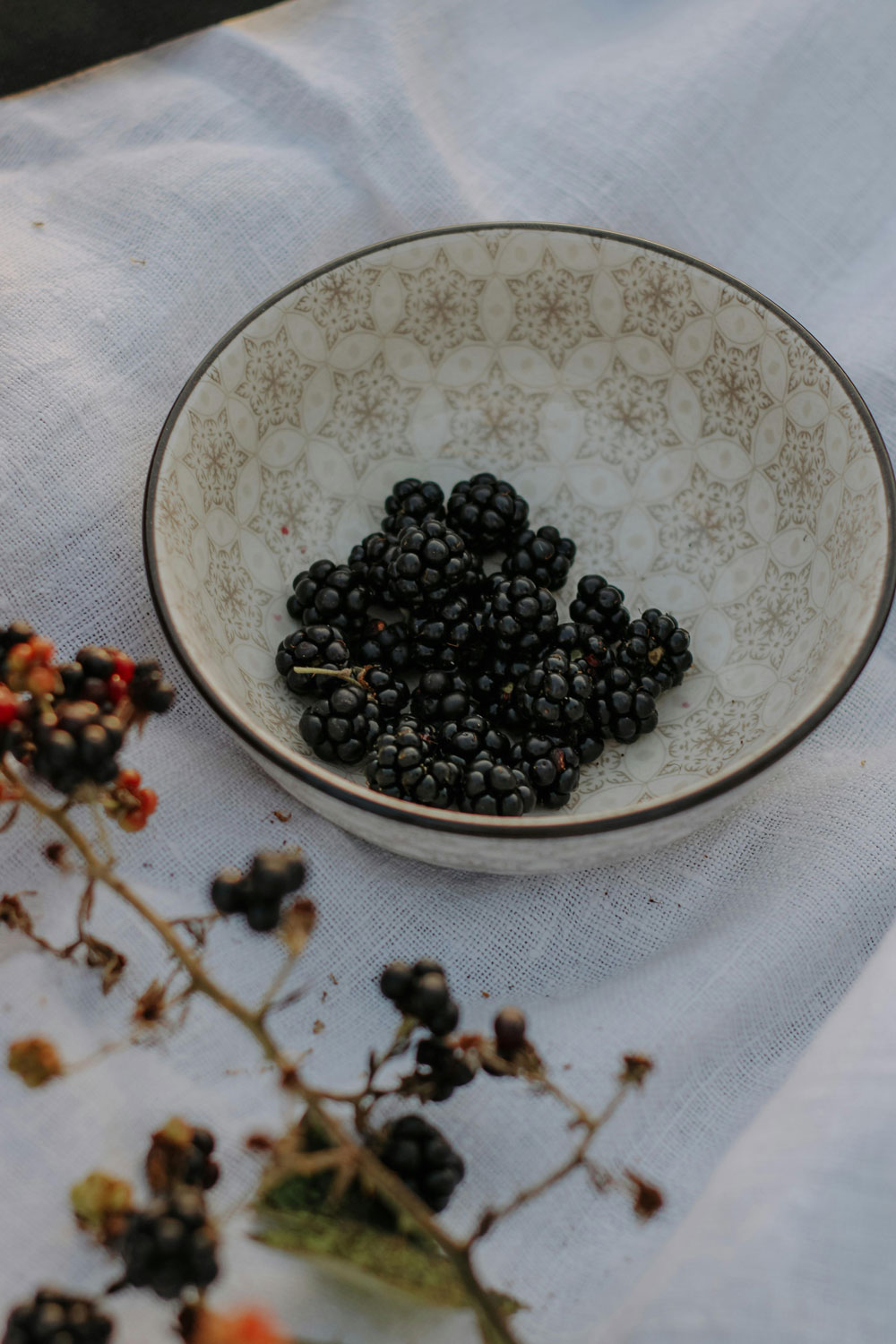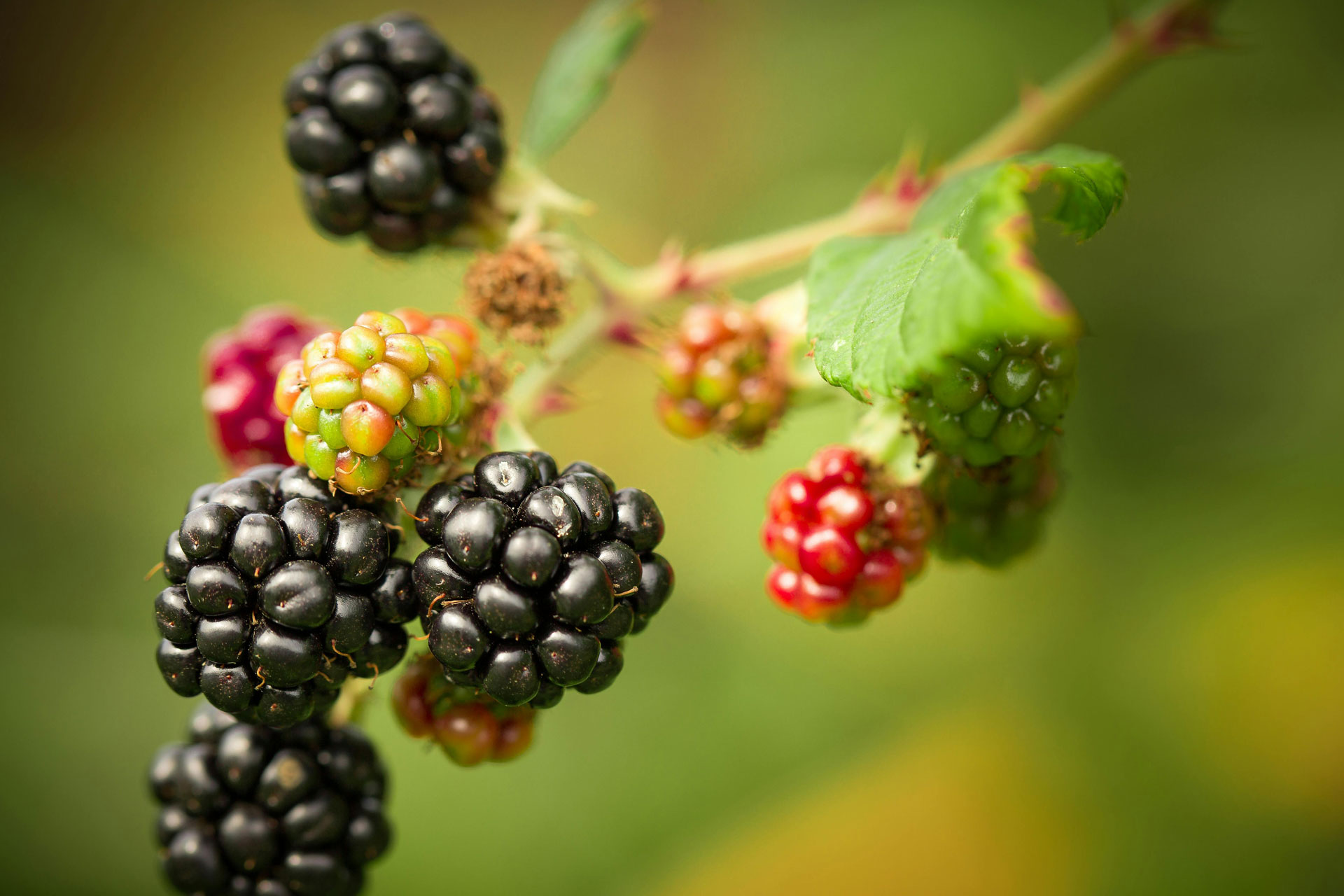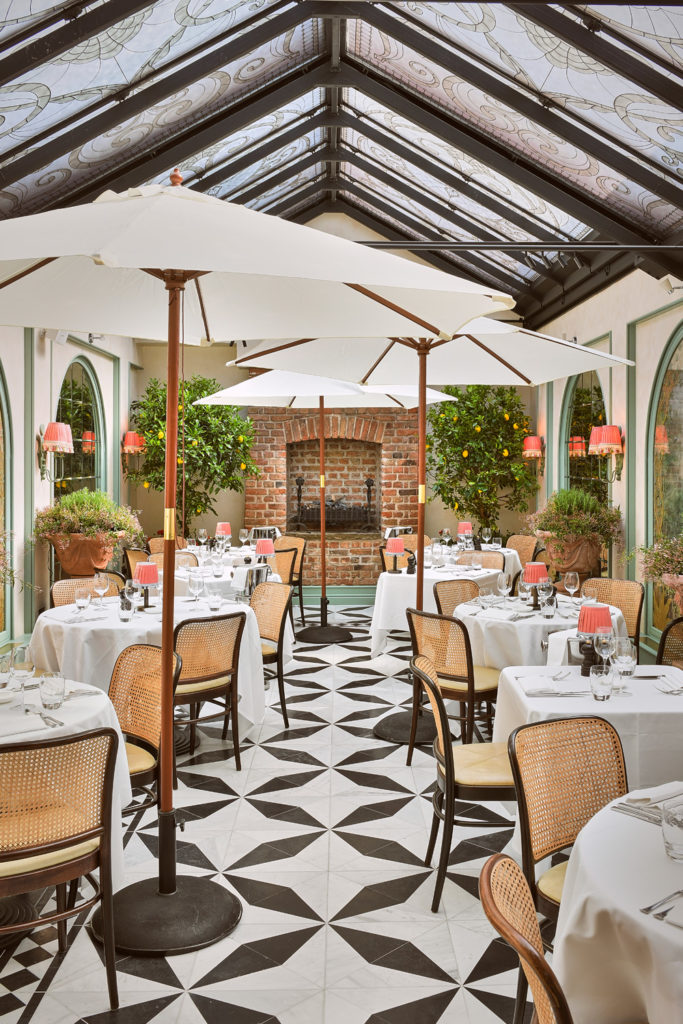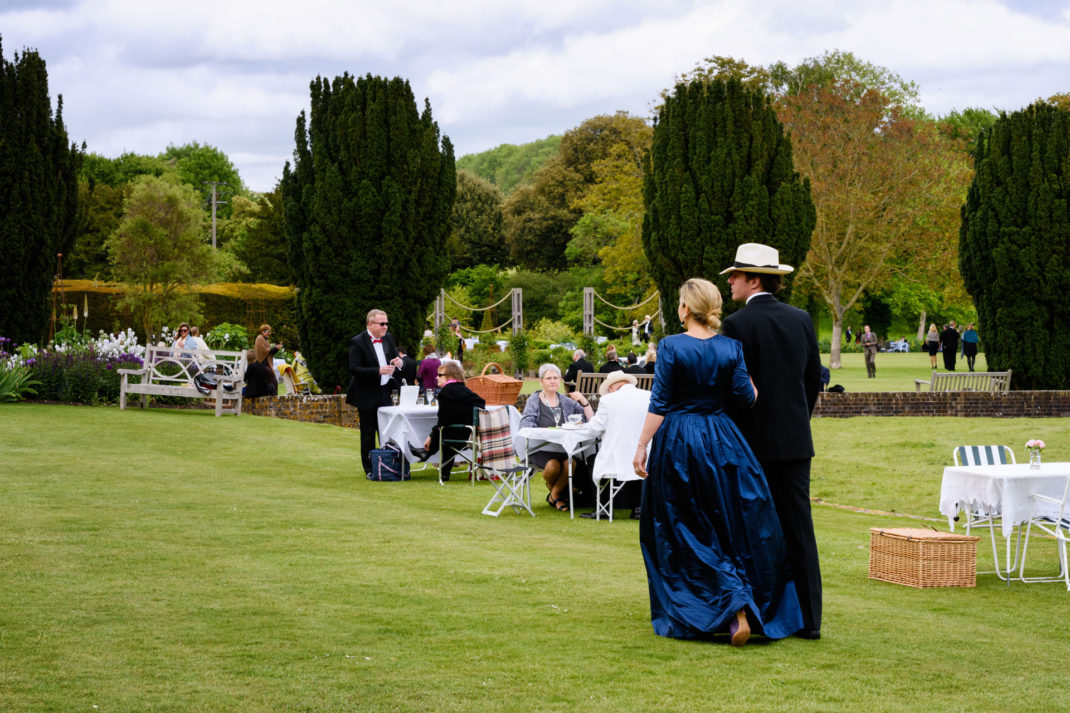
How To Pick Wild Blackberries
By
9 months ago
Blackberry season has arrived
Nothing says British countryside like an afternoon picking blackberries for your fruit salads, jams and crumbles. The summer fruit thrives in a variety of different habitats, including woodlands, hedgerows and even parks, meaning you’ll often come across them when out and about during the warmer months. And while their distinctive appearance means they’re relatively easy to forage, a few handy tips will ensure you scoop up the juiciest berries on the hedge.
When Are Blackberries In Season In The UK?
Blackberries begin to appear in the UK in July, but they are usually at their best in August. Depending on the weather, September and early October can also be good months for picking.
Is It Safe To Eat Wild Blackberries?
Yes, it’s safe to eat wild blackberries in the UK. You should wear gloves to protect your hands from thorns (and from staining), and long sleeves and trousers if you’re foraging in hedgerows. Beware of lookalikes too – if you aren’t sure whether what you’re picking is actually a blackberry, avoid eating it. And finally, it’s advisable to wash the blackberries before eating them.

Pexels
Where To Pick Them
Blackberries grow in hedgerows, woods, brambles, fields, parks and forest edges, meaning you’ll find them growing all over the country’s green spaces. It’s best to avoid picking them from busy roads, where they could become contaminated with pollutants, and prioritise the berries at the top of the bush rather than the bottom.
Some of the UK’s best spots for picking blackberries are:
- Buckland Abbey, Devon
- Castle Ward, County Down
- Flatford, Suffolk
- Hatfield Forest, Essex
- Hampstead Heath, London
- Regent’s Park, London
- Putney Heath, London
When foraging, pick firm, plump-looking berries with a slightly tender feel. The berries should have a deep black colour – if they are red or purple, they’re not ripe yet. And finally, make sure you don’t fully strip a hedgerow, so the wildlife have some to enjoy. ‘Don’t completely clear an area of food,’ says National Trust Ranger Jonny Tomlinson. ‘Leave some for the animals and give a chance for the plants to re-seed.’



